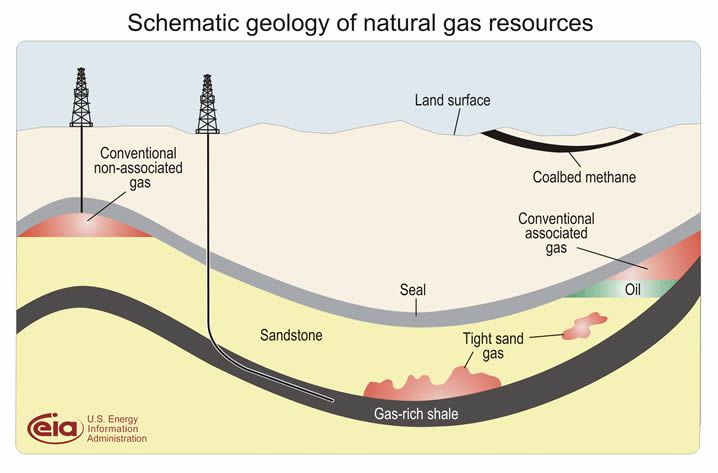-
 Neurotrope
Neurotrope
-
 Hirsutism
Hirsutism
-
 Palliative
Palliative
-
 Primitive ocean
Primitive ocean
-
 Sun-synchronous
Sun-synchronous
-
 CAIB
CAIB
-
 DAB
DAB
-
 WUSB
WUSB
-
 Post-operative
Post-operative
-
 Stalagmitic floor
Stalagmitic floor
-
 Keylogger
Keylogger
-
 Thermal energy
Thermal energy
-
 Endeavour
Endeavour
-
 Enhanced coal bed methane recovery
Enhanced coal bed methane recovery
-
 Hybrid hard drive
Hybrid hard drive
-
 Reaction net energy balance
Reaction net energy balance
-
 Unknown
Unknown
-
 Neritic zone
Neritic zone
-
 Nail
Nail
-
 Pauli exclusion principle
Pauli exclusion principle
-
 Lethal
Lethal
-
 Gossan
Gossan
-
 Organoleptic
Organoleptic
-
 Procellariiformes
Procellariiformes
-
 Polysynthetic
Polysynthetic
-
 Mimosa
Mimosa
-
 i-mode
i-mode
-
 Atrophy
Atrophy
-
 Melon
Melon
-
 Precession constant
Precession constant
Shale gas
Shale gas is a natural gas trapped at great depths in certain shales and sedimentary basins. Therefore it is not held under an impermeable layer like "conventional" gas and oil deposits, but imprisoned in the rock itself. To extract it the rock has to be fractured by injecting water under pressure mixed with some additives. This is called hydraulic fracture or fracking).
Exploiting these deposits is costly and involves environmental risks to the sub-soil, the water table and on the surface. The gas concentration is lower than in conventional deposits but the zones concerned are larger. These deposits, which have been exploited for several years, especially in the United States, have enormous potential.
 A diagram showing hydrocarbon deposits. The Gas-rich shale is deep down. The Conventional gas deposits, which may or may not be combined with oil, migrated to the surface a long time ago and are trapped by an impermeable layer or seal. Between the two there may be local concentrations in dense sand (tight sand gas). The diagram also shows coalbed methane. © US Energy Information Administration
A diagram showing hydrocarbon deposits. The Gas-rich shale is deep down. The Conventional gas deposits, which may or may not be combined with oil, migrated to the surface a long time ago and are trapped by an impermeable layer or seal. Between the two there may be local concentrations in dense sand (tight sand gas). The diagram also shows coalbed methane. © US Energy Information Administration
Latest
Fill out my online form.



